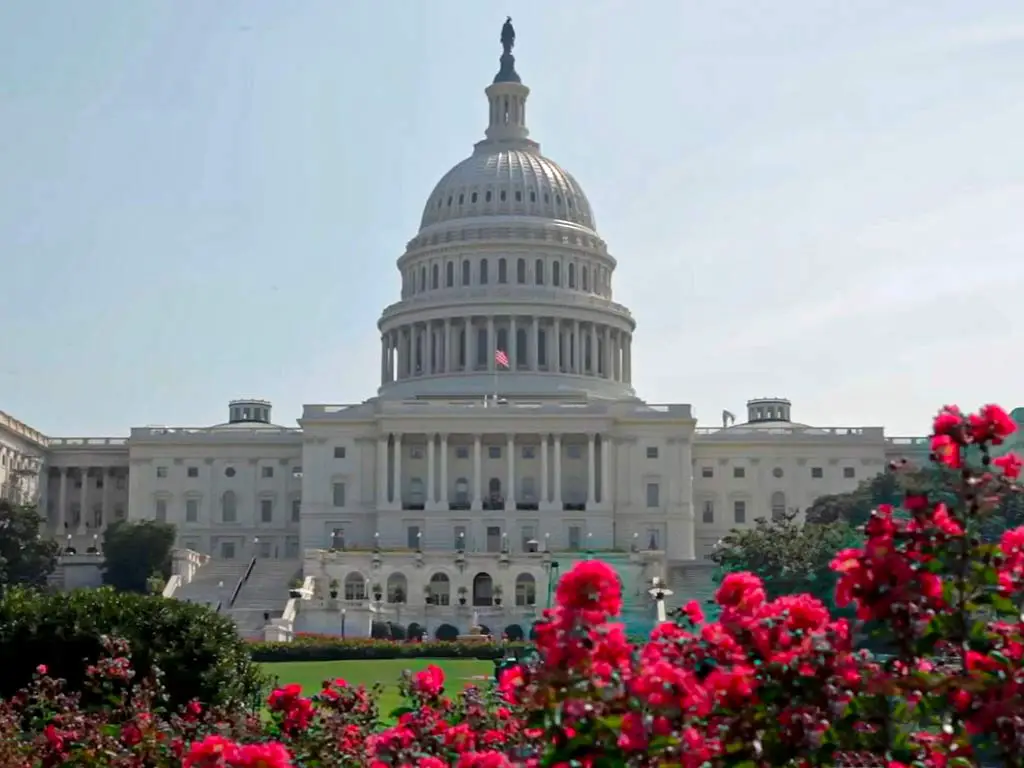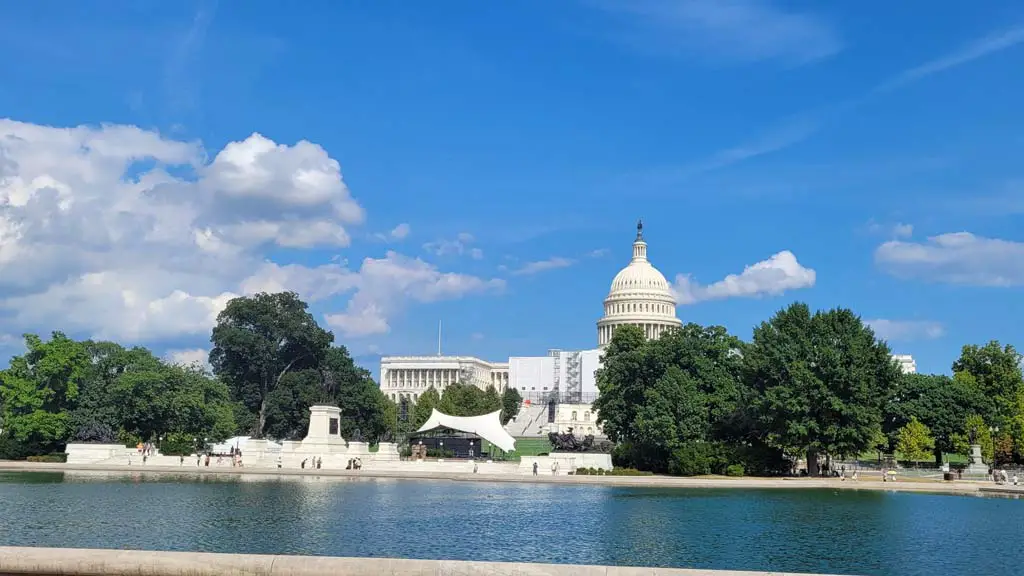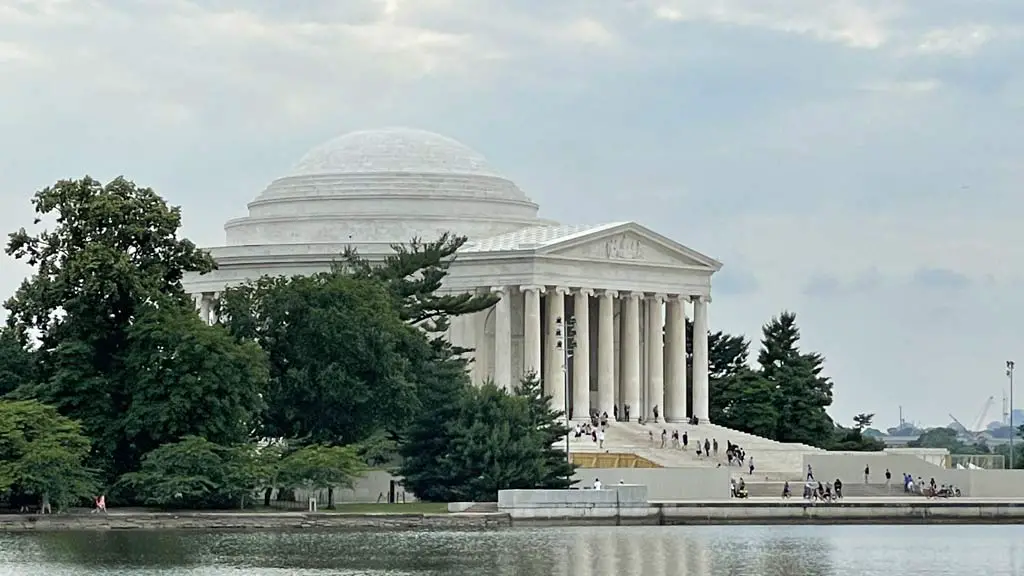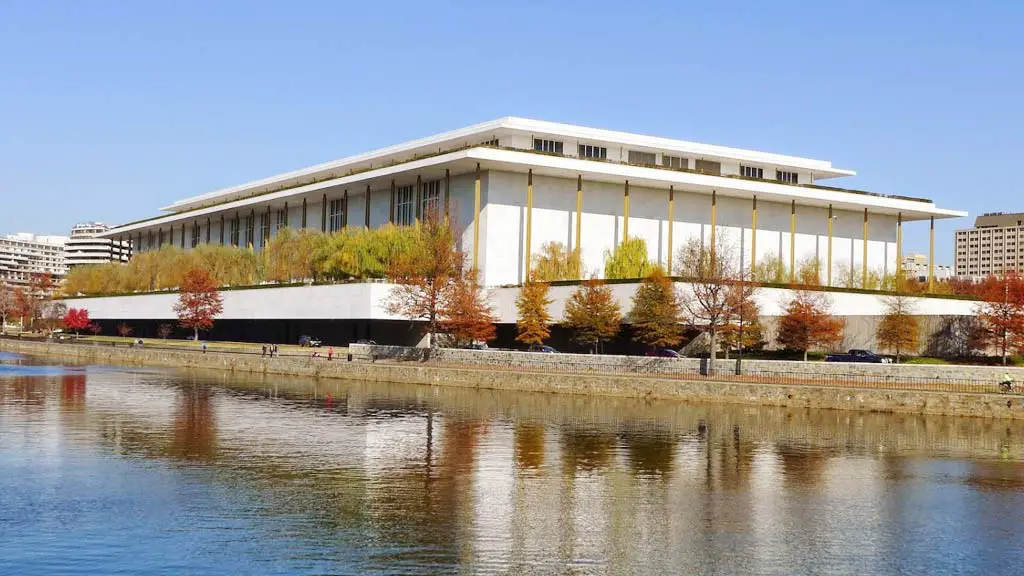Washington, D.C., holds a unique status as more than just the capital of the United States it is a powerful symbol of the nation’s history, ideals, and global influence.
Established in 1790 as the seat of government, Washington, D.C., was purposefully designed to embody democratic principles of openness and unity.
Its iconic landmarks, including the Capitol, White House, and National Mall, not only house the institutions of American governance but also serve as monuments to the country’s democratic traditions and resilience.
Beyond its political significance, the city is a cultural hub, boasting world-class museums, theaters, and vivid neighborhoods that showcase America’s diverse heritage and creativity.
Washington, D.C., also plays a pivotal role in global diplomacy and policy-making, hosting international organizations and diplomatic missions.
As such, Washington, D.C., stands as a national symbol, representing the ideals of democracy, freedom, and opportunity that define the United States.

7 Facts Why Is Washington DC Called a National Symbol
Washington, D.C., is often referred to as a national symbol for several compelling reasons rooted in its historical, political, and cultural significance:
1. Capital of the United States

Washington, D.C., was intentionally placed on the Potomac River to serve as a neutral federal district, separate from any state influence.
Its selection as the capital by George Washington and subsequent development under Pierre Charles L’Enfant’s urban plan marked it as the symbolic center of the young nation.
The establishment of iconic government buildings such as the Capitol, White House, and Supreme Court further solidified its role as the administrative hub of the United States.
2. Symbol of Democracy

The layout of Washington, D.C., embodies democratic principles of accessibility and transparency. L’Enfant’s design emphasized wide avenues radiating from significant landmarks, promoting openness and the idea of a government accessible to the people.
The city’s role in democratic processes, including hosting presidential inaugurations, congressional hearings, and public demonstrations, underscores its symbolic importance as the cradle of American democracy.
3. Historical Significance

Washington, D.C., has been witness to critical moments in American history. During the War of 1812, British forces burned the Capitol and White House, prompting a rapid rebuilding effort that emphasized the city’s resilience and national unity.
The Civil War brought the city to the forefront of national conflict, culminating in President Lincoln’s Emancipation Proclamation and his assassination at Ford’s Theatre.
Over time, the city has evolved into a living testament to the nation’s triumphs and struggles, commemorated through numerous historic sites and markers.
4. Monuments and Memorials

Washington, D.C., is renowned for its monumental architecture and memorials dedicated to national heroes and ideals.
The National Mall, flanked by the Lincoln Memorial and Washington Monument, serves as a vast outdoor museum honoring figures like Thomas Jefferson, Franklin D. Roosevelt, and Martin Luther King Jr.
These monuments not only celebrate individual contributions but also collectively symbolize American values such as liberty, equality, and perseverance, attracting millions of visitors annually.
5. Cultural Hub

Beyond its governmental functions, Washington, D.C., boasts a rich cultural tapestry. Its Smithsonian museums house extensive collections spanning art, history, science, and culture, offering visitors a comprehensive look at America’s diverse heritage.
The city’s performing arts scene thrives at venues like the Kennedy Center, offering world-class theater, music, and dance performances.
Neighborhoods like Adams Morgan and Dupont Circle provide vivid hubs of culinary diversity, nightlife, and community gatherings, reflecting the city’s dynamic cultural evolution.
6. International Influence

As the capital of the United States, Washington, D.C., exerts considerable influence on global affairs.
It hosts a multitude of international organizations, including the World Bank and International Monetary Fund, and serves as the headquarters for numerous foreign embassies and diplomatic missions.
The city’s role in international diplomacy and policy-making underscores its global significance and impact, making it a focal point for international cooperation and dialogue.
7. Educational and Research Center

Washington, D.C., is a magnet for intellectual pursuits and innovation. It houses prestigious universities such as Georgetown and George Washington University, renowned for their research contributions and academic excellence.
The city’s think tanks and research institutions, such as the Brookings Institution and RAND Corporation, conduct influential policy research on national and global issues, shaping discussions and informing public policy decisions.
This concentration of intellectual capital enhances Washington, D.C.’s reputation as a center of knowledge and innovation, driving advancements across various fields from technology and healthcare to environmental sustainability and social justice.
How Did the Name “Columbia” Come to Symbolize the Nation?
The name “Columbia” came to symbolize the United States through a combination of historical events, cultural expressions, and literary works that collectively contributed to its iconic status:
Origins in Exploration and Discovery
The name “Columbia” derives from Christopher Columbus, the renowned explorer whose voyages across the Atlantic Ocean in the late 15th century opened the era of European exploration and colonization of the Americas.
Columbus’s expeditions were pivotal in connecting Europe with the New World, marking a significant turning point in global history.
As European powers began to establish colonies in the Americas, the name “Columbia” became associated with the lands discovered by Columbus and, later, with the concept of the New World itself.
Personification in Art and Literature
In the 18th century, “Columbia” began to take on a symbolic role as a personification of America.
Inspired by classical mythology and European allegorical traditions, Columbia was depicted as a female figure representing liberty, freedom, and the pioneering spirit of the American people.
Artists and writers portrayed her in paintings, sculptures, and literary works, often with attributes like a liberty cap and a shield emblazoned with stars and stripes.
This imagery emphasized Columbia’s role as a symbol of national identity and aspiration during the formative years of the United States.
Revolutionary Era
During the American Revolutionary War, the name “Columbia” gained popularity as a poetic alternative to “America” or “the United States.”
It appeared in patriotic songs, poems, and writings that celebrated the colonies’ quest for independence from British rule.
Columbia symbolized the ideals of liberty, self-determination, and unity among the newly formed states.
The term “District of Columbia,” chosen for the federal capital in 1790, further cemented Columbia’s association with the seat of government and the nascent nation.
Political Symbolism
Throughout the 19th century, Columbia continued to serve as a potent political symbol of the United States.
She appeared on early American coins and official seals, embodying the virtues of democracy, justice, and progress.
The Capitol dome in Washington, D.C., adorned with a statue of Freedom, echoed Columbia’s symbolic presence as a guardian of national principles and a beacon of hope for the future.
The term “Columbia” also inspired the naming of towns, counties, and institutions across the expanding country, reflecting her enduring influence in American culture.
19th Century Cultural Influence
In literature and popular culture, Columbia became a cherished figure representing the American spirit.
Writers such as Washington Irving and Walt Whitman evoked Columbia in their works, celebrating her as a symbol of national unity and resilience.
Artists and illustrators depicted her in various guises, from maternal protector to visionary leader, capturing the evolving ideals and aspirations of the American people during an era of territorial expansion, industrial growth, and social change.
Symbol of Unity and Diversity
Columbia’s symbolism expanded to encompass the nation’s diverse population and expansive territory.
As the United States expanded westward and absorbed waves of immigrants from around the world, Columbia came to embody the country’s multicultural identity and commitment to pluralism.
She symbolized the unity forged through shared ideals of liberty, equality, and opportunity, transcending regional differences and celebrating the collective strength of a diverse nation.
Legacy in National Symbols
While the use of “Columbia” as a national symbol declined in the 20th century, replaced by icons like the bald eagle and the Statue of Liberty, her legacy endures in American cultural memory.
Columbia remains a nostalgic figure, evoking a romanticized image of America’s founding principles and its journey toward becoming a global power.
Her name is preserved in place names, monuments, and historical references that testify to her enduring significance as a symbol of American identity and aspiration.
What Role Did George Washington Play in the Naming of the City?
George Washington played a pivotal role in the naming and establishment of the city that would become the capital of the United States, now known as Washington, D.C.
His involvement in the process reflects his vision for a federal district that would serve as the seat of government and embody the principles of the young nation:
Advocacy for a Federal District
During his presidency and even before, George Washington recognized the need for a dedicated federal district to serve as the capital of the United States.
He believed that such a district should be independent of any state influence, ensuring that the federal government could operate without local interference or bias.
This vision stemmed from his experiences during the Revolutionary War, where logistical challenges and state rivalries highlighted the need for a centralized seat of government.
Selection of the Site
In 1790, Congress passed the Residence Act, which authorized the creation of a federal district along the Potomac River.
The act tasked President Washington with selecting the specific site for the new capital. Washington personally toured potential locations along the Potomac and eventually chose a site that would later be developed into the city of Washington, D.C.
His selection aimed to balance the interests of northern and southern states, as well as to promote economic growth and national unity.
Naming the Capital
The city was originally named “Washington” in honor of George Washington himself.
The name was chosen to recognize his pivotal role in the American Revolution, his leadership as the nation’s first President, and his dedication to establishing a strong and enduring federal government.
The inclusion of “D.C.” stands for “District of Columbia,” reflecting the federal district’s unique status as a separate entity not belonging to any state.
Architectural and Planning Influence
George Washington was deeply involved in the planning and architectural design of the new capital.
He appointed Pierre Charles L’Enfant, a French-born architect and engineer, to create a comprehensive plan for the city’s layout.
Washington’s vision emphasized grand avenues, spacious public squares, and iconic landmarks such as the Capitol Building and the President’s House (now known as the White House). .
This visionary planning set the stage for Washington, D.C., to become not only a functional capital but also a symbolic representation of American democracy and ideals.
Promotion of National Unity
Washington saw the establishment of a federal district as crucial for fostering national unity and identity.
By creating a capital city that represented all states equally, he aimed to mitigate regional rivalries and promote a sense of collective purpose among Americans.
His efforts laid the foundation for Washington, D.C., to become a symbol of national unity and a testament to the principles of democracy and governance that continue to shape the United States.
Frequently Asked Questions
Who named Washington, D.C., and why?
The city was named after George Washington, the first President of the United States, in recognition of his leadership and vision for a centralized federal district.
What are some famous landmarks in Washington, D.C.?
Famous landmarks include the Capitol Building, White House, Lincoln Memorial, Washington Monument, and Smithsonian museums.
What is the significance of the District of Columbia (D.C.)?
The District of Columbia is a federal district created to serve as the seat of government, separate from any state influence, ensuring the neutrality and independence of the federal government.
Why is Washington, D.C., important internationally?
Washington, D.C., plays a crucial role in global diplomacy and policy-making as it hosts numerous international organizations, embassies, and serves as a center for international cooperation and dialogue.
Conclusion
Washington, D.C., stands as a powerful symbol of American history, democracy, and global influence.
Established as the nation’s capital in 1790, it was purposefully designed by George Washington and Pierre Charles L’Enfant to embody democratic ideals of openness and unity.
Beyond its role as the seat of government, Washington, D.C., is a cultural nexus with world-class museums, theaters, and vivid neighborhoods that reflect America’s diverse heritage.
Its iconic landmarks such as the Capitol, White House, and National Mall serve not only as centers of governance but also as monuments to democratic traditions and resilience.
The city’s international influence in diplomacy and policy-making further underscores its global significance.
Washington, D.C., continues to inspire as a beacon of democracy, freedom, and opportunity, symbolizing the ideals that define the United States and its ongoing pursuit of a more perfect union.




Allison Brice